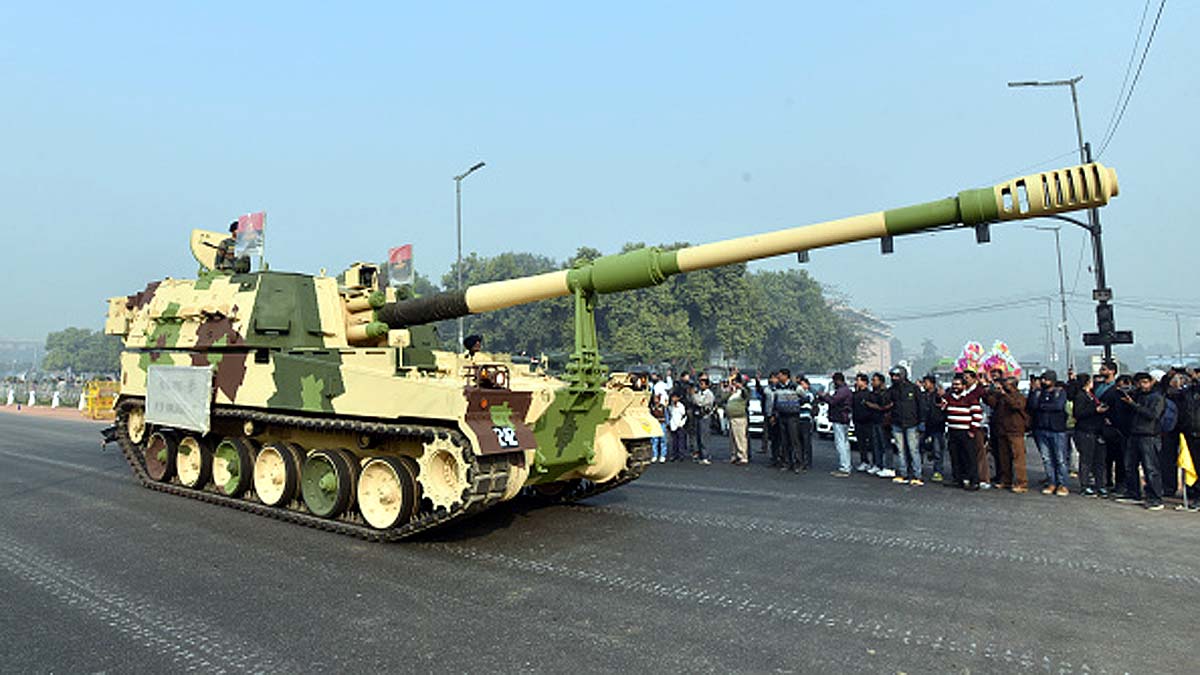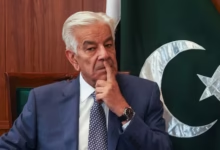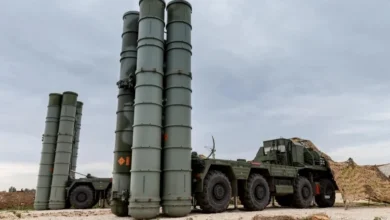Government Starts The Process Of Buying Another 100 K9-Vajras

- Officials had said earlier that the K9 Vajra was mostly bought to be used in deserts, but because of the standoff, they were also sent to the mountains.
- The Army also bought winterization kits for the regiment that was sent to the mountains to make sure that these systems worked well in the very cold weather.
The Defense Ministry has started the process of buying 100 more K9-Vajra tracked self-propelled howitzers. These are made in India by Larsen & Toubro (L&T) using technology transferred from South Korean defence company Hanwha Defense.
“The Request For Proposal was sent to L&T by the Defense Ministry in November. Once they answer it, contract talks will start,” a defence official confirmed.
In 2020, when tensions were at their highest in eastern Ladakh, the Army sent one regiment of K-9 Vajra tracked self-propelled howitzers there to improve its long-range firepower. This was done because China was building up a lot of troops across the Line of Actual Control. Based on how well they worked, the Army is thinking about getting 200 more guns in the future. With the addition of Dhanush, K-9 Vajra, and M777 Ultra Light Howitzers, artillery firepower on the northern borders is now more powerful.
The official said that the second order couldn’t be bigger than the first order, so the number of howitzers was set at 100.
The K9 Vajra is a tracked self-propelled howitzer with a calibre of 155 mm and 52 mm. It was made by L&T using technology from the K9 Thunder, which was made by the South Korean defence company Hanwha Defense. The contract for the 100th gun was signed in May 2017, and the Army got it in February 2021. As part of the contract, the howitzers’ maintenance technology had to be transferred to a workshop on an Army base so that it could be used to support the howitzers throughout their operational life cycle.
Officials had said earlier that the K9 Vajra was mostly bought to be used in deserts, but because of the standoff, they were also sent to the mountains. The Army also bought winterization kits for the regiment that was sent to the mountains to make sure that these systems worked well in the very cold weather. There are nine things in the kits, like batteries, oils, and lubricants, that need to be protected from extreme temperatures and won’t freeze at -20 degrees celsius.
Since the standoff, the Army has put all of its medium artillery guns and long-range rockets in the area to improve its long-range firepower as part of the reorientation toward the northern borders.







Facebook Comments